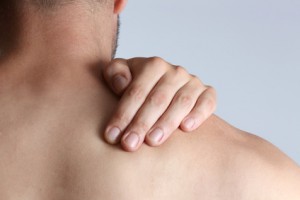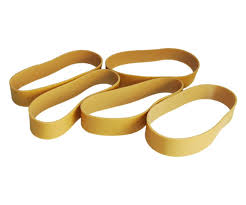Scar Tissue and Pain – Part 1
How Scar Tissue Affects Muscles, Tendons, and Ligaments
 The body repairs soft tissue injury by forming new tissue in and around the damaged area. This new tissue, commonly referred to as scar tissue or soft tissue adhesions, is very sticky and acts to ‘glue’ the damaged tissues back together. This process occurs with both traumatic injuries such as a muscle strain or tear, as well as with repetitive strain injuries and with postural overload.
The body repairs soft tissue injury by forming new tissue in and around the damaged area. This new tissue, commonly referred to as scar tissue or soft tissue adhesions, is very sticky and acts to ‘glue’ the damaged tissues back together. This process occurs with both traumatic injuries such as a muscle strain or tear, as well as with repetitive strain injuries and with postural overload.
While this process repairs the damaged tissue, over time as the scar tissue builds up and accumulates it can start to have a negative effect on the health of the body, and will eventually lead to movement dysfunction and pain. There are actually 3 major ways that scar tissue can affect movement and muscle function. These include scar tissue formation: 1) within individual muscles, tendons, or ligaments; 2) between 2 or more muscles or muscle-facsial layers; and 3) along the path of peripheral nerves, leading to neurological compromise and nerve injury.
The remaining portion of this article will discuss the effects of scar tissue formation within individual soft tissues. Parts 2 and 3 will discuss the remaining elements of scar tissue and it’s effect on pain and dysfunction.
1. Scar Tissue Formation Within Individual Muscles, Tendons, and Ligaments

Healthy muscles, tendons, and ligaments should be able to stretch and shorten, just like a rubber band.
When healthy, soft tissues such as muscles, tendons, and ligaments should be smooth and possess some degree of elasticity. Now to better understand how scar tissue adhesions affect the health of these tissues think of the muscles as a collection of big, tough rubber bands that each need to stretch and contract during movement.
Now think of muscle damage that results from postural overload or repetitive stress as like getting a little pin prick in one of these rubber bands. This pin prick is very small but it still needs to be repaired, so the body puts a little dab of glue over the pinprick (this glue is the scar tissue). Initially this glue does not affect how the rubber band stretches, but as the rubber band is repeatedly stressed over and over more glue is needed to repair the growing number of pinpricks. Essentially the rubber band becomes caked in glue and can no longer stretch or contract properly.
As this cycle continues and the muscle becomes tight, weak, and unhealthy it can become inflamed and painful. At this point the muscle also becomes more susceptible to a more significant injury such as a muscle strain or tear (and remember, this same thing can happen in a tendon or ligament as well).
In addition to affecting individual msucles and tendons, scar tissue formation can also restrict the normal movement and sliding between 2 differect muscls or muscle layers. That will be the topic of Part 2 of this article series.
